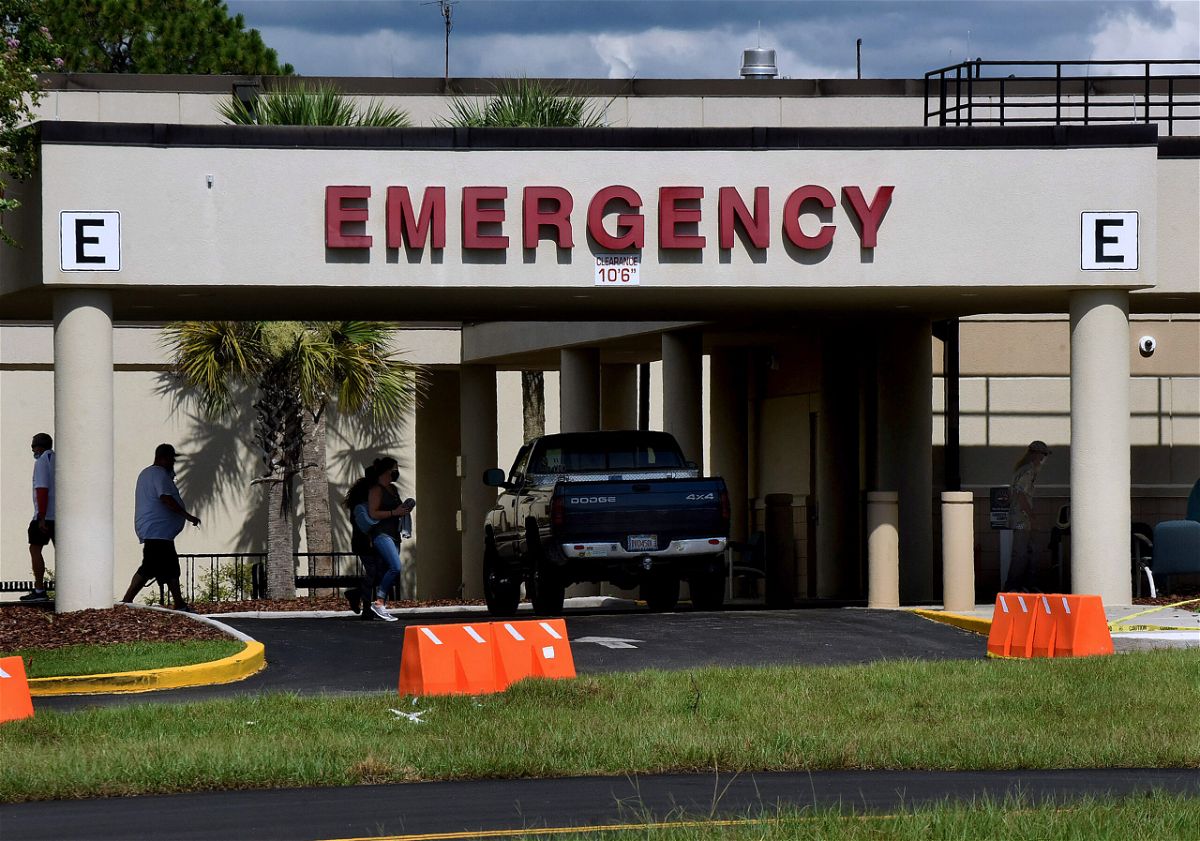Emergency department visits for sexual assault increase 15-fold amid #MeToo movement and broader awareness, researchers say

In 2019
By Deidre McPhillips, CNN
Many more survivors of sexual assault are seeking emergency medical care, but still represent a fraction of all assaults reported to law enforcement.
In 2019, emergency department visits for sexual assault were 15 times higher than they were in 2006, according to a study published Thursday in JAMA Network Open. Overall emergency department visits for all causes grew just 1.2 times in the same period.
Experts say it’s important for sexual assault victims to feel comfortable seeking care in settings that are separate from those that may raise fears or anxieties about reporting the crime.
“The more we, as a society, can normalize the response to sexual violence as a health care response, the more helpful we can be,” said Megan Lechner, chief operating officer of the International Association of Forensic Nurses. “It’s not just a criminal or legal response.”
The University of Michigan researchers suggest two possible reasons for the increase in sexual assault victims seeking emergency care — both related to broader awareness and familiarity with the issue. First, a new system for diagnostic codes corresponded to a marked increase in sexual assault diagnoses after its introduction in 2015. Continued increases in the following years suggest greater awareness from additional factors, such as the #MeToo movement and the trial of Larry Nassar, the disgraced former USA Gymnastics and Michigan State University doctor sentenced to decades in prison after more than 150 women and girls said he sexually abused them.
Data from the FBI’s Uniform Crime Reporting Program shows that sexual assault crimes reported to law enforcement also increased during this time, but not nearly as much as visits to emergency departments did. Still, there were less than half as many emergency room visits for sexual assault as there were reported cases — and both likely don’t capture the full picture, according to the researchers.
Lechner says one of her organization’s key missions is to ensure there is a forensic nurse in every emergency room setting to better support these patients.
“Being able to ask questions and elicit information from a patient in a compassionate way and provide trauma-informed care is not always something that providers can do if they’ve not been educated in how to do that,” she said. They may miss the evidence collection kit or important steps to address acute and chronic health care concerns for sexual assault survivors.
However, access to sexual assault nurse examiners varies widely across the country and only a fraction of hospitals have one.
Most individuals who seek emergency care after sexual assault are young, female and low-income, according to the study. However, men represent a growing share — up from 4% in 2007 to more than 8% in 2019.
Also, the vast majority of sexual assault survivors who visit an emergency department are not admitted to the hospital — that share dropped to less than 5% in recent years, according to the study.
These findings can help guide policy to support sexual assault survivors long-term and in outpatient settings, the researchers said.
In a related commentary on the study, Kamila Alexander, a researcher focused on sexual health at the Johns Hopkins School of Nursing, and Dr. Elizabeth Miller, a pediatrician with the University of Pittsburgh School of Medicine who has researched gender-based violence, call sexual violence a public health emergency.
They say that health care settings are “critical” in connecting survivors to care, but stress an urgent need for innovative models, including outpatient settings. They also call for more research on outcomes after an emergency department visit and on experiences among individuals with marginalized experiences at the intersection of sexual identity, gender identity, race and disability.
“Equitable access for patients and appropriate educational resources for providers are crucial for the path forward. Survivors must be supported and motivated to seek the help they need, desire, and deserve,” the University of Michigan researchers wrote.
The-CNN-Wire
™ & © 2022 Cable News Network, Inc., a Warner Bros. Discovery Company. All rights reserved.

